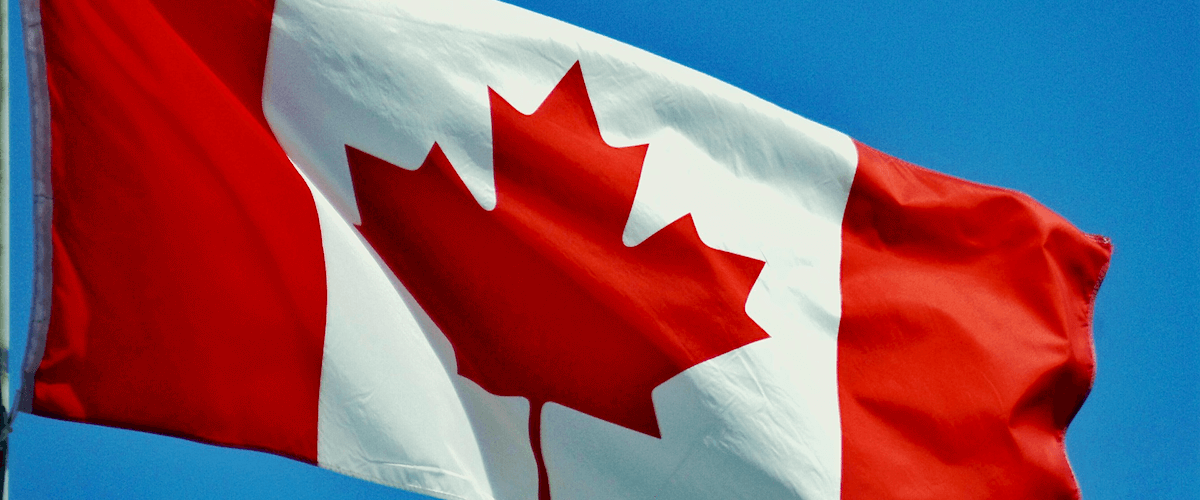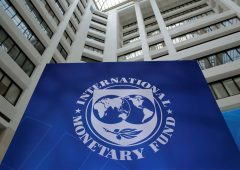Canada Cuts Interest Rates for Fourth Time as Inflation Drops Below Target
24.10.2024 16:00 1 min. read Kosta Gushterov
In a surprising move, the Bank of Canada announced its fourth consecutive interest rate reduction on Wednesday, dropping the key rate by 50 basis points to 3.75%.
This significant cut, the largest in over four years, reflects a decline in inflation, which fell to 1.6% in September, below the bank’s target of 2%.
After previously raising rates to combat soaring prices, the central bank has shifted its approach since June, implementing a total of 75 basis points in cuts.
During the news conference following the announcement, Governor Tiff McLem expressed optimism, stating that Canadians could feel relieved as the long battle against inflation is finally showing positive outcomes.
Despite these cuts, economic indicators remain subdued, with weak demand, sluggish business sales, and low consumer confidence hindering growth. McLem is hopeful that the latest rate adjustment will stimulate demand and encourage economic activity.
Meanwhile, the U.S. Federal Reserve has also begun a rate-cutting cycle, prompting speculation about a possible significant cut in December.
-
1
Economic Instability and Political Shift Fueling Bitcoin’s Rise – Galaxy Digital CEO
23.05.2025 12:00 2 min. read -
2
Trump Renews Attack on Fed Chair, Calls for Immediate Rate Cuts
18.05.2025 8:00 1 min. read -
3
Japan’s Inflation Hits 3.5% as Food Prices Soar and Tariff Risks Loom
23.05.2025 21:00 1 min. read -
4
US Dollar Dominance Under Threat Amid Yuan’s Global Ambitions
22.05.2025 14:00 2 min. read -
5
Wall Street Analyst Sees Bright Side of Ballooning U.S. Debt
30.05.2025 8:00 2 min. read
Tariffs Threaten to Stall U.S. Growth in 2025, Recovery Not Expected Until 2026
The U.S. economy may be closer to a downturn than many realize, according to Jay Bryson, chief economist at Wells Fargo.
Dollar Faces Deep Decline as Fed Cuts Pressure Currency, Warns Morgan Stanley
Morgan Stanley has issued a cautionary outlook on the U.S. dollar, predicting a major decline over the coming year as Federal Reserve rate cuts take hold.
Trillions in Debt Payments Could Break U.S. Economy, Ray Dalio Predicts
Legendary investor Ray Dalio has issued a stark warning about the trajectory of U.S. government finances, suggesting the country is drifting toward a series of severe economic shocks unless its debt spiral is urgently addressed.
Wall Street Veteran Warns Tariffs Could Disrupt AI-Driven Market Rally
Steve Eisman, the famed investor known for forecasting the 2008 housing collapse, is sounding the alarm—not on overvalued tech stocks or interest rates, but on the escalating risk of global trade disputes.
-
1
Economic Instability and Political Shift Fueling Bitcoin’s Rise – Galaxy Digital CEO
23.05.2025 12:00 2 min. read -
2
Trump Renews Attack on Fed Chair, Calls for Immediate Rate Cuts
18.05.2025 8:00 1 min. read -
3
Japan’s Inflation Hits 3.5% as Food Prices Soar and Tariff Risks Loom
23.05.2025 21:00 1 min. read -
4
US Dollar Dominance Under Threat Amid Yuan’s Global Ambitions
22.05.2025 14:00 2 min. read -
5
Wall Street Analyst Sees Bright Side of Ballooning U.S. Debt
30.05.2025 8:00 2 min. read


